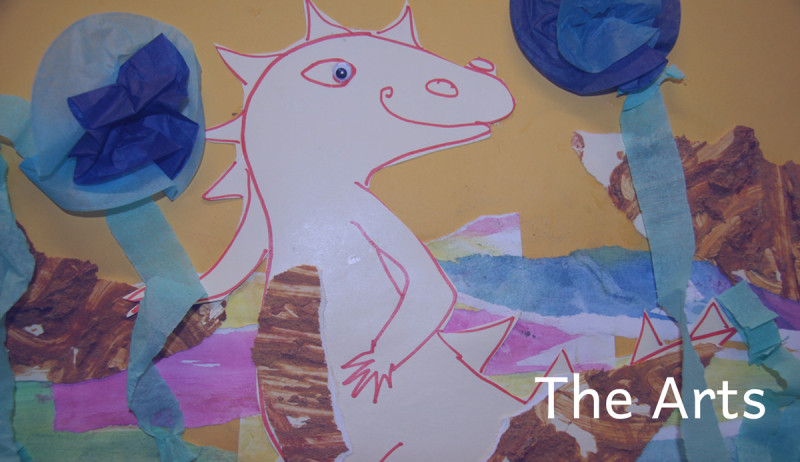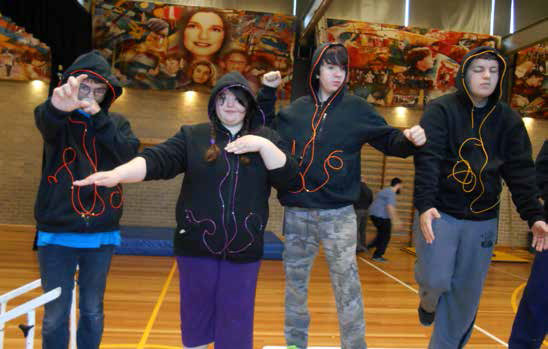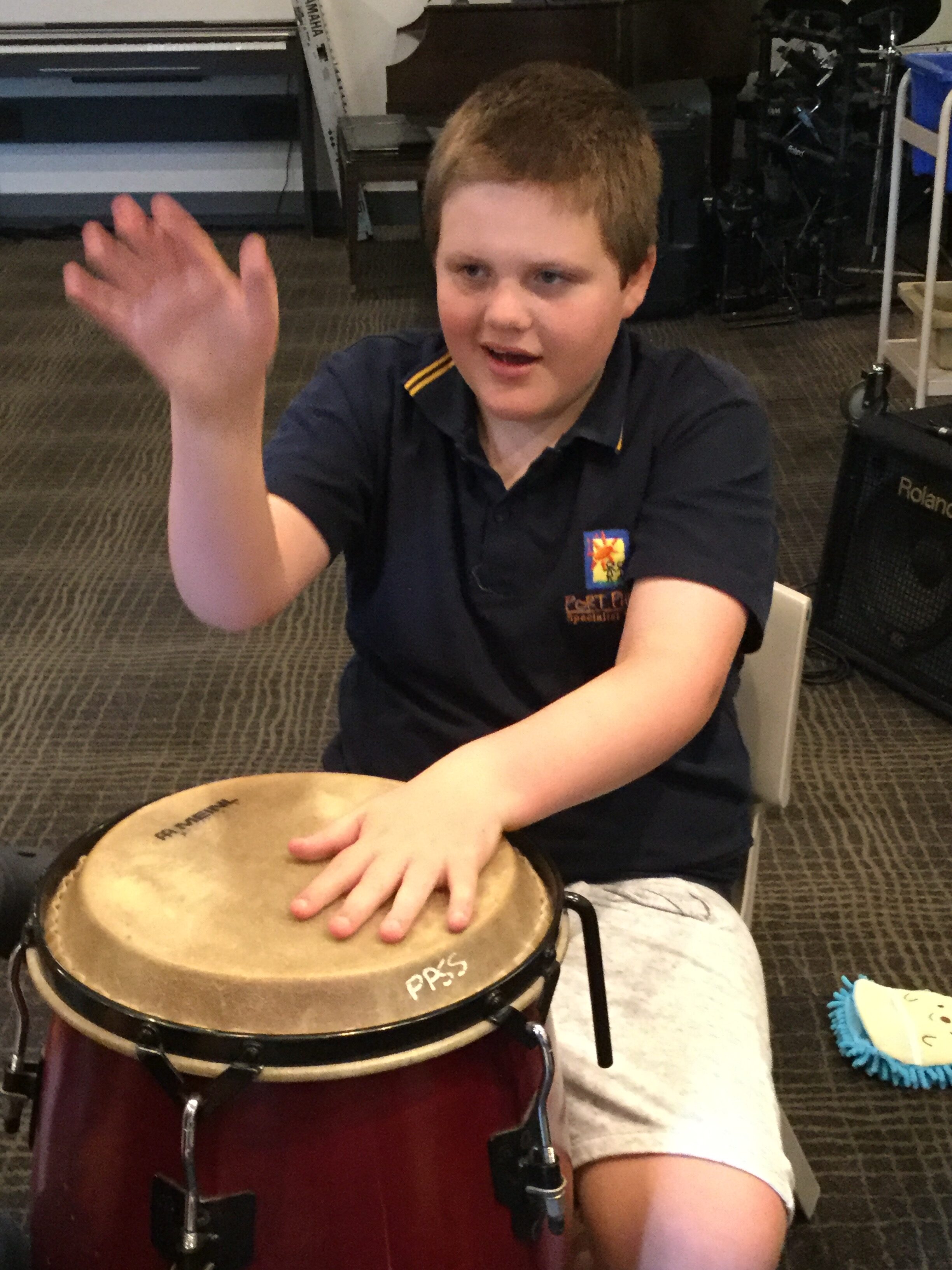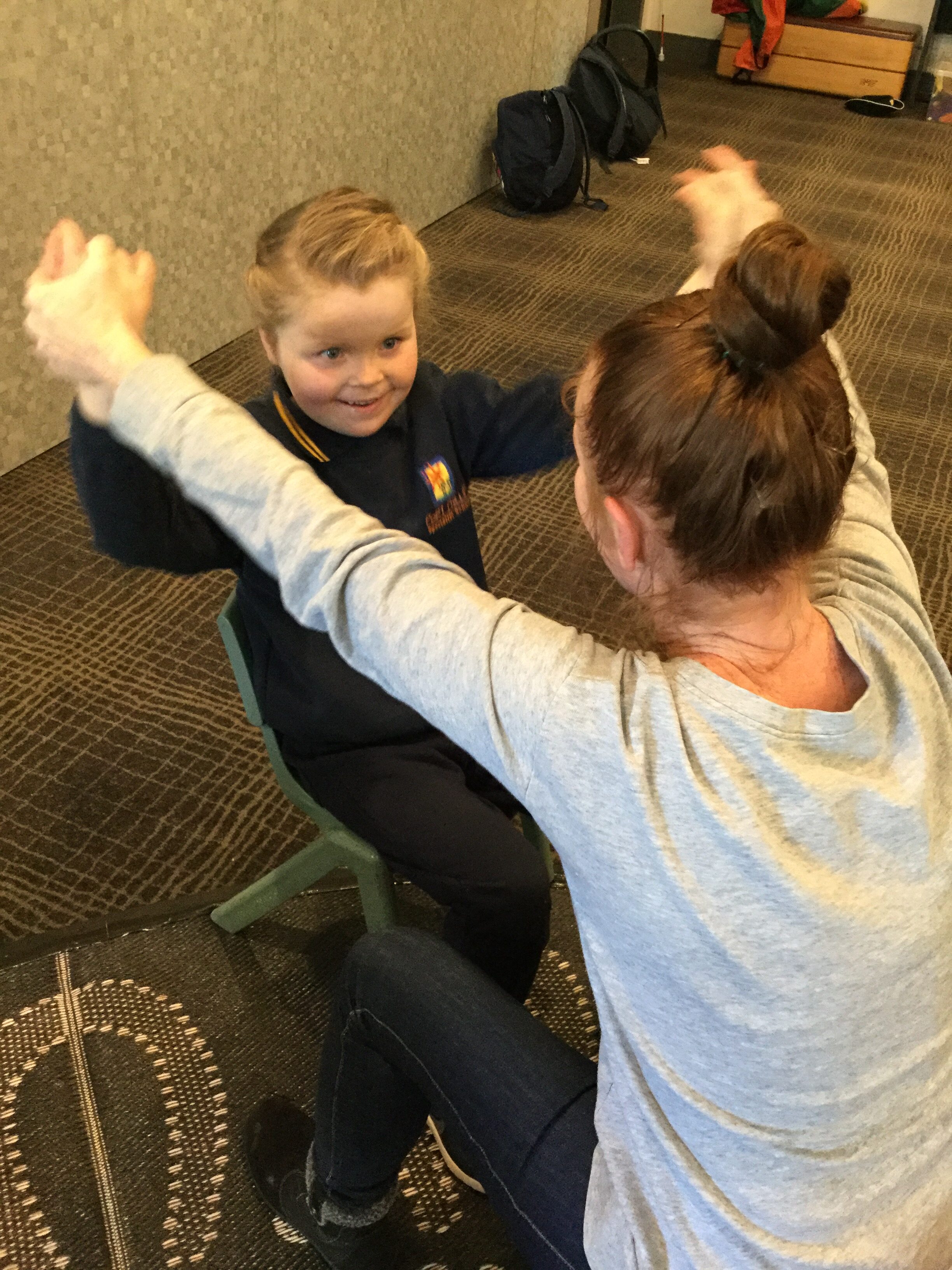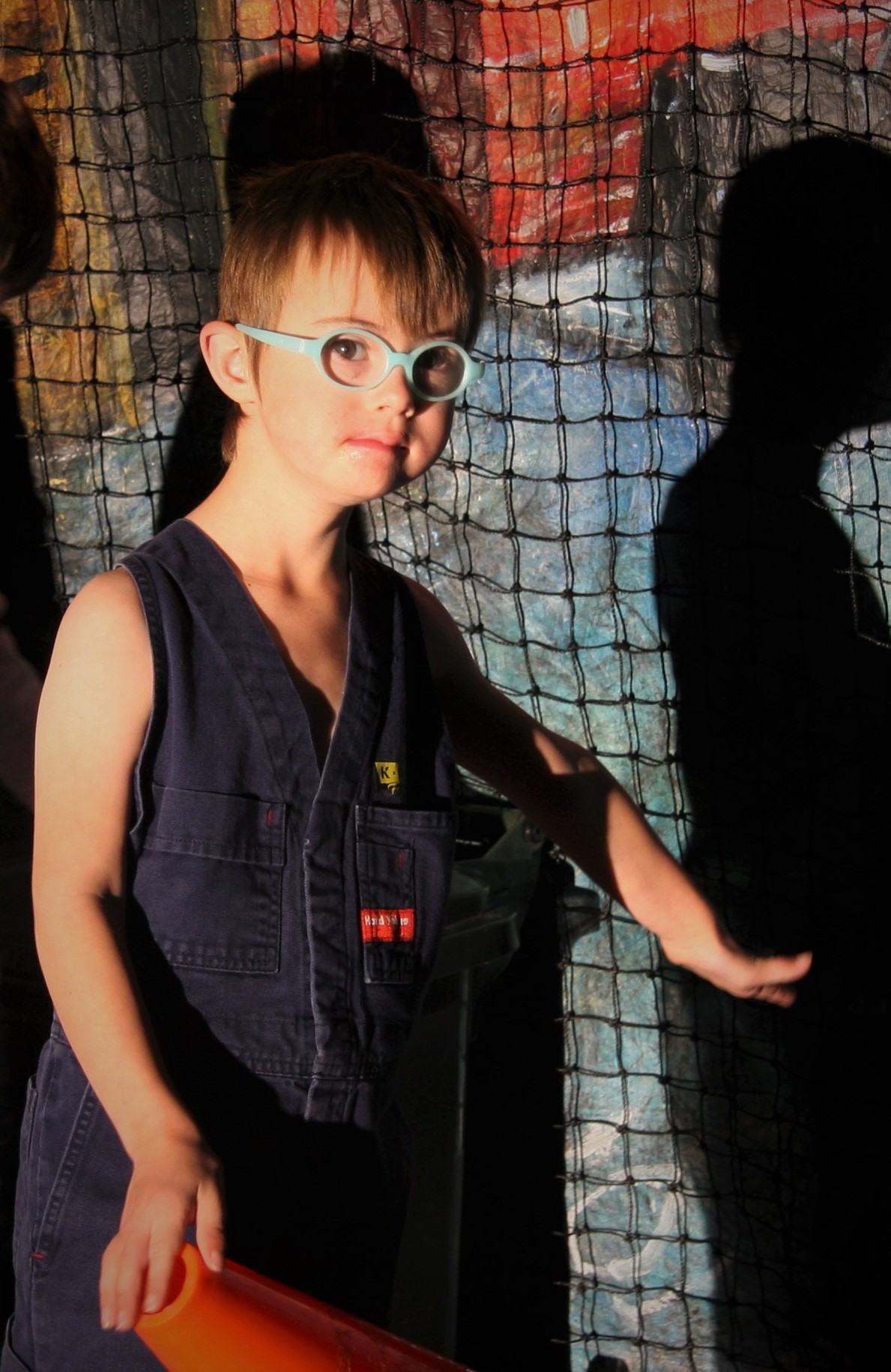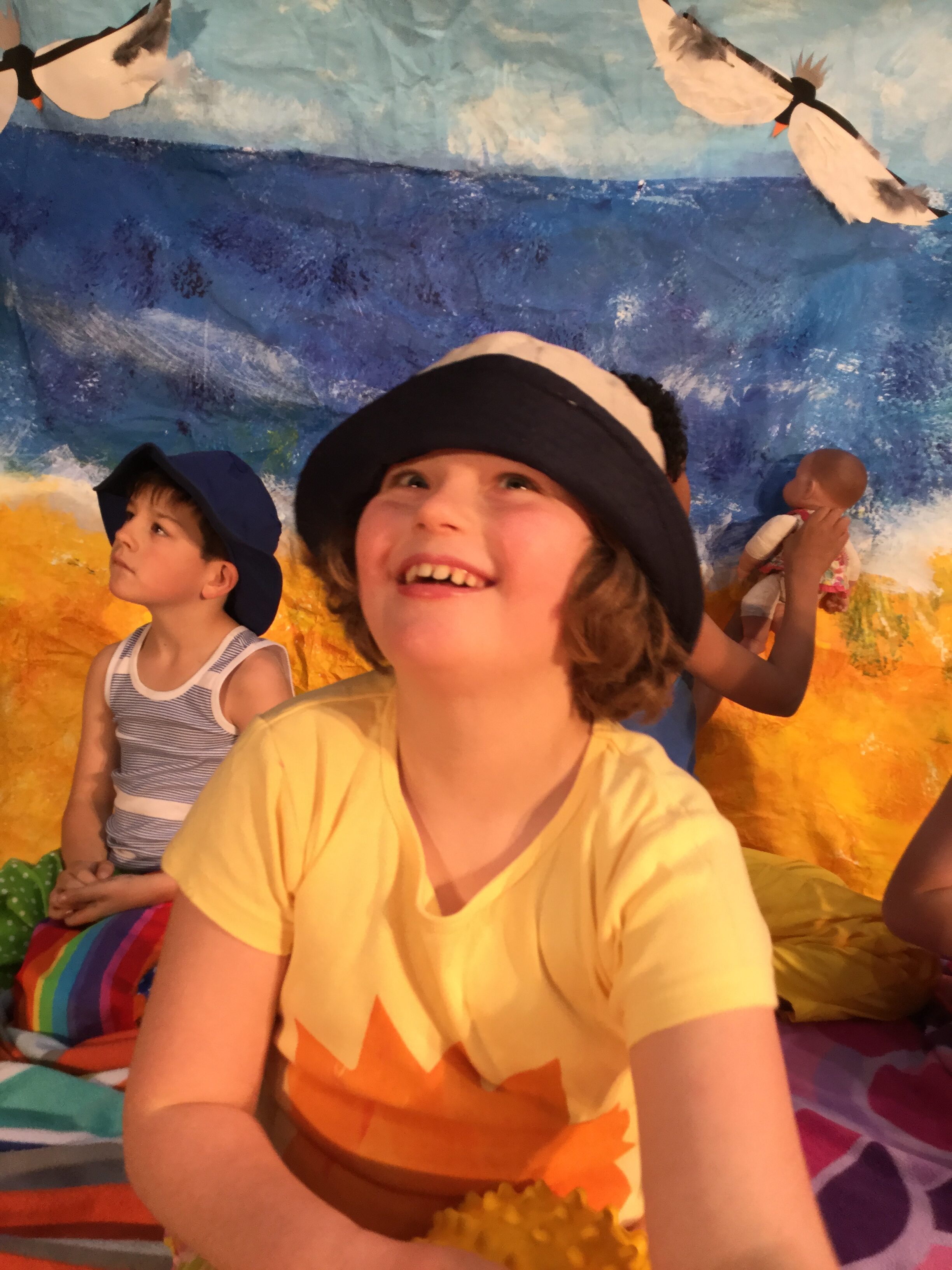Dance
Dance is a central part of the practice of the Visual and Performing Arts Curriculum. Through training in dance, single steps and movements may be learnt, linked together and performed in dance sequences.
This requires concentration and memory, whilst also demonstrating co-ordination, flexibility, body awareness and balance. Students learn to work together or alone using appropriate movements in response to different rhythmic patterns.
Benefits are seen in bringing students of differing backgrounds together to participate in classes and performance, sharing their skills and knowledge in differing dance context. It assists in the personal growth of each individual allowing them to be integrated into the community and society.
Dance is also considered to be a healthy practice to help keep bodies and minds in tune and working well. During dance lessons students must watch and listen, count out the number of steps or movements, and use basic concepts like left, right, up, down, etc – thus it is excellent for developing language and maths skills.
Music
Music is a highly motivating activity for our students. It engages their brains in many locations and taps into their rich creative capacities. Involvement in Music encourages the students to investigate, enquire and experiment.
We use music to teach many other important skills, especially literacy and numeracy. Acquisition of the skills identified in students’ individual goals is a focus within Music lessons. We are constantly refining and adding to teaching techniques and methods that suit each student’s preferred learning style. Taking reciprocal turns, exchanging resources or greetings and reading song charts, musical scores or picture symbols develop our students’ communication and life skills. From receptive to expressive, students are supported in developing their ability to make their mark on their worlds.
We encourage students to enjoy and participate in musical experiences as a means of expressing themselves and connecting with others. Using music as a tool we engage our students in developing a sense of themselves as creative individuals who can make themselves understood and bring pleasure to others. Responding to those around them through a medium where there is no wrong or right, our students experience the joy of self-expression.
Drama
In Drama the students explore verbal and non-verbal communication and interaction, recognising and expressing emotions, and engaging their imaginations through dramatic play.
Drama engages students in a focused group dynamic that fosters cooperative skills, sharing, turn taking, listening and attending, whilst always emphasising creative expression and play.
Dramatic play and interaction encourages creative verbal and physical exploration and expression and facilitates the development of broad communication skills, self-confidence and awareness. Students learn that their ideas are valid and valuable and that any physical or verbal input (“offer”) can be taken up and extended by group play. This ongoing process of encouragement – expression, no matter how small, is recognised and rewarded – nurtures proactive involvement and participation.
Visual Art
Visual Art in the specialist Art room involves the use of various pieces of art equipment to develop each student’s ability to work within a group. Students also use a range of materials to individually solve problems and to stimulate their senses. They make art works where each student can develop their self-esteem through involvement with the whole process of art making.
Working with ‘concrete’ materials enables our students to more meaningfully build their understanding and dexterity with such materials as well as providing a convenient vehicle to develop other skills. These might be listening, attending, selecting, participating, arranging, improvising, designing analysing and adapting skills. Thus students have the opportunity to find avenues for self-expression as well as personal exploration and development within a supportive environment. Visual art used in this way represents a powerful language of expression that enhances the learning process.
Students extend their explorations into dramatic interactions that range from simply responding to and interacting with stimuli such as props, pictures, music, masks and puppets, to varying levels of role play scenarios, to creating and then acting out simple stories and dramatic interactions based on familiar themes and ideas. These experiences engage the students in narrative structure and draw their awareness to the dynamics of communication and interaction.

